An insect-inspired technology helps break a 25-year-old paradigm in robotics.
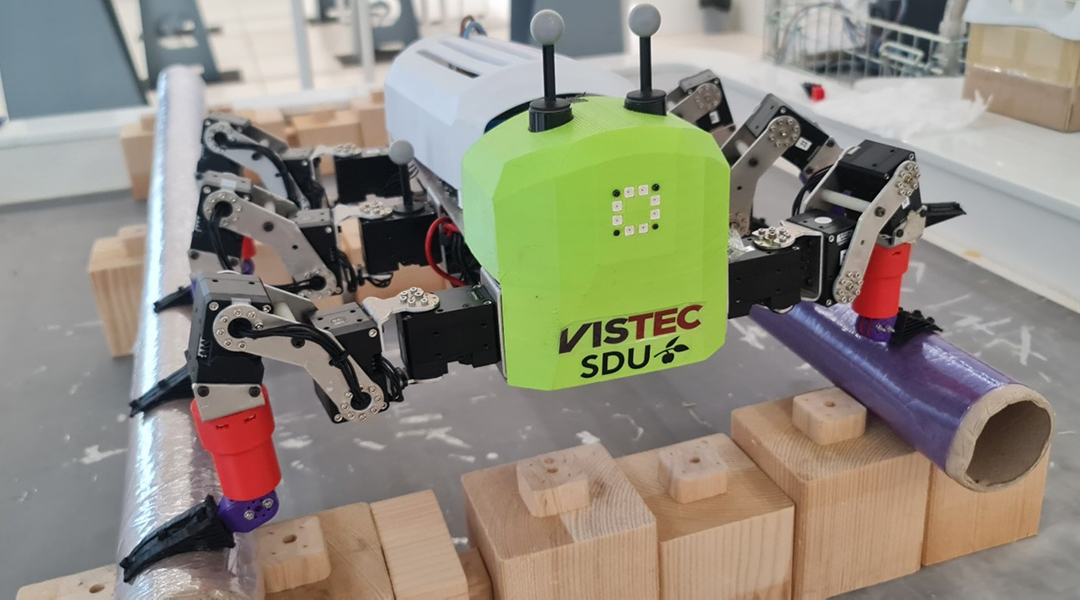

An insect-inspired technology helps break a 25-year-old paradigm in robotics.
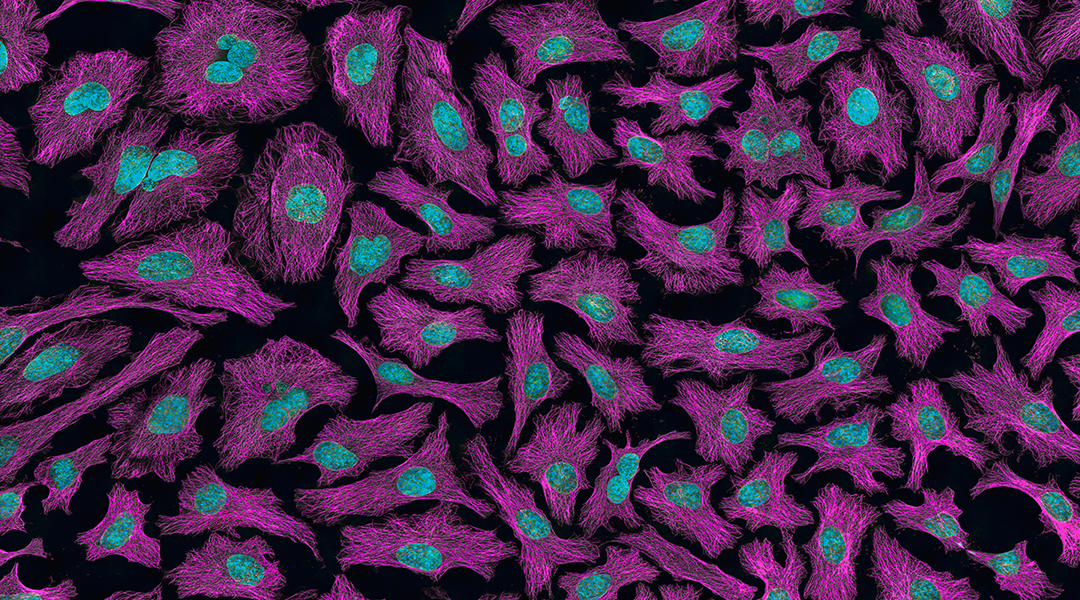
DNA robots built to transverse fluidic cell membranes and control cell function for future regenerative and cell-based therapies.
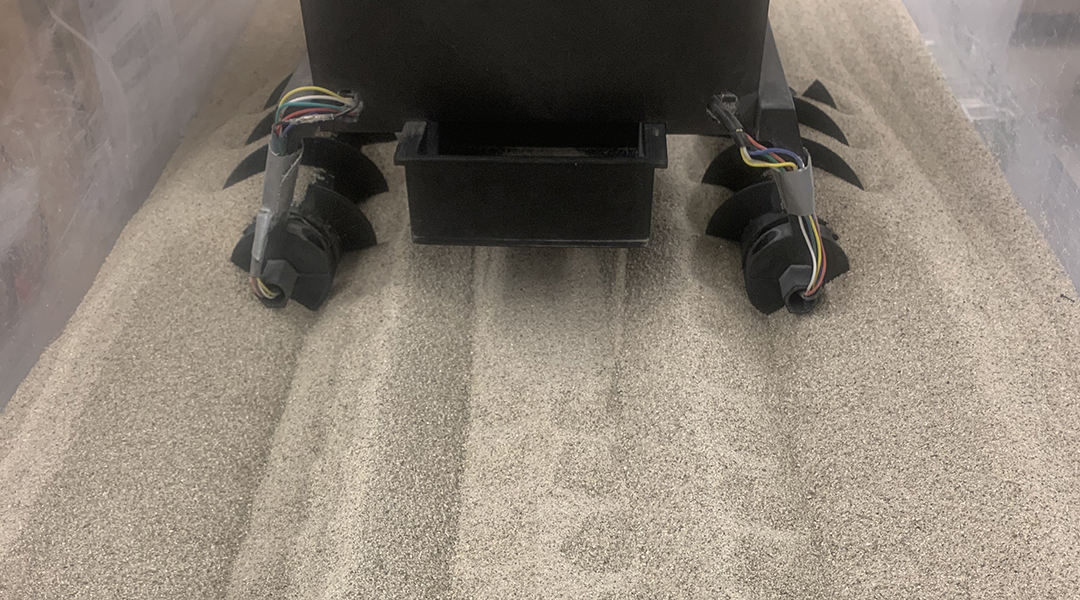
Robots that drive on screws can simultaneously dig up space regolith while anchoring the craft in low-gravity environments.

Specially designed microrobots could help clean plastic waste from water systems.

Although the idea of soft robots in space exploration is still far from becoming a reality, there are obvious advantages that are driving researchers to pursue the possibility.
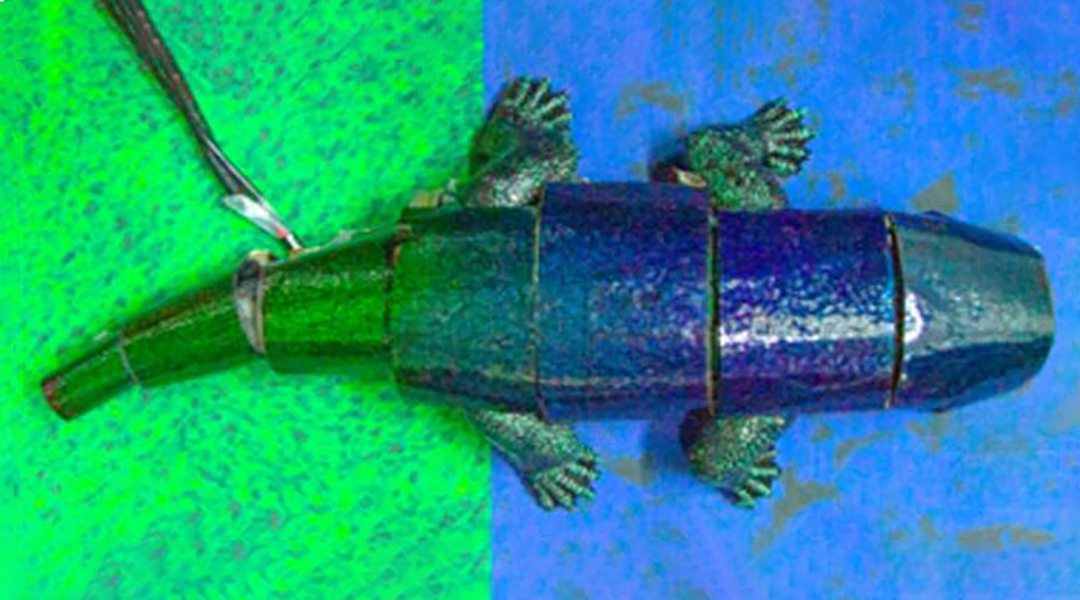
Using advanced sensors and a thermally responsive skin, a new robotic chameleon demonstrates mastery over color.
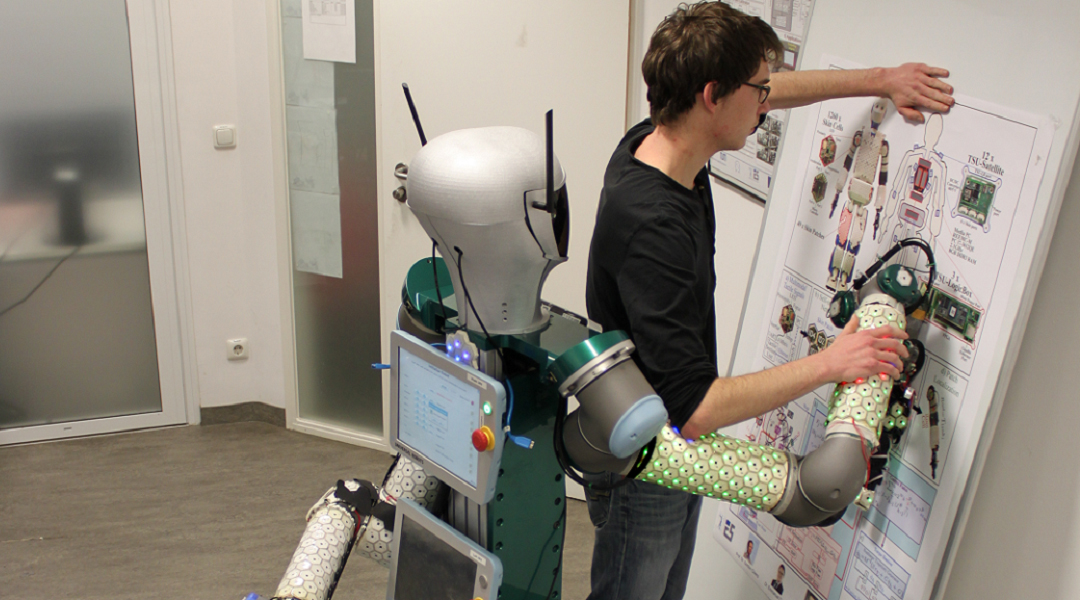
An electronic skin helps facilitate natural interactions between robots and humans.
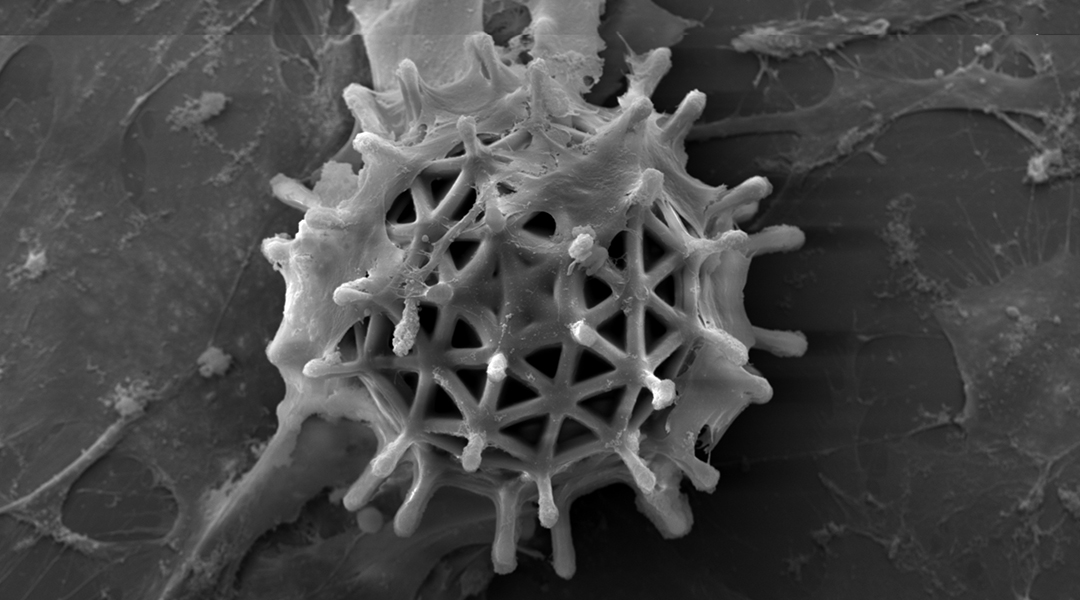
Researchers find the sweet spot between strength and biocompatibility in these tiny cell-carrying microrobots.
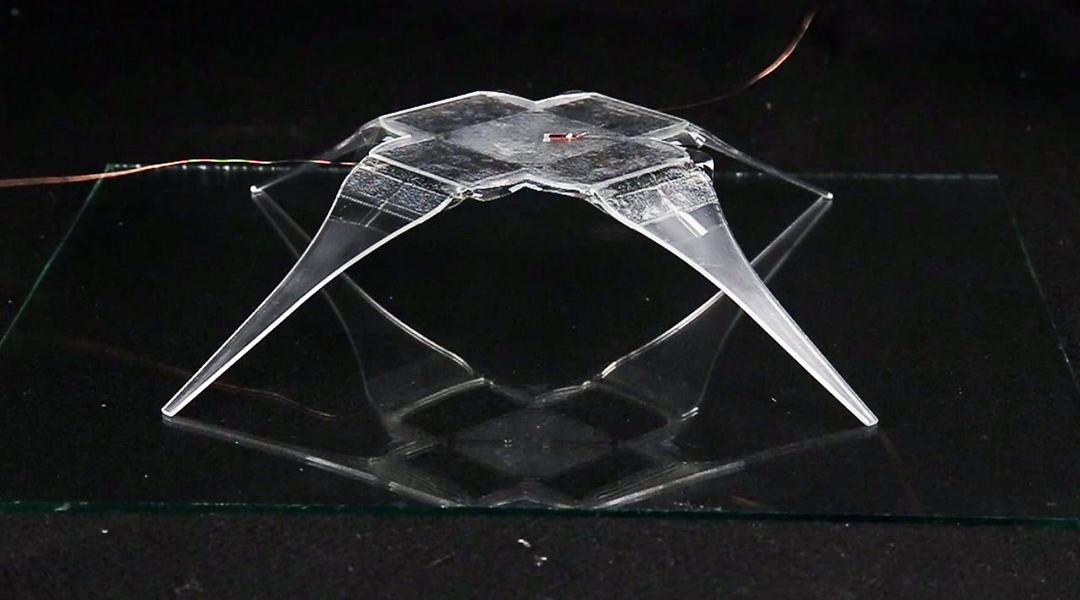
Robotic joints inspired by spiders help researchers create a new class of jumping, grasping, lightweight robots.
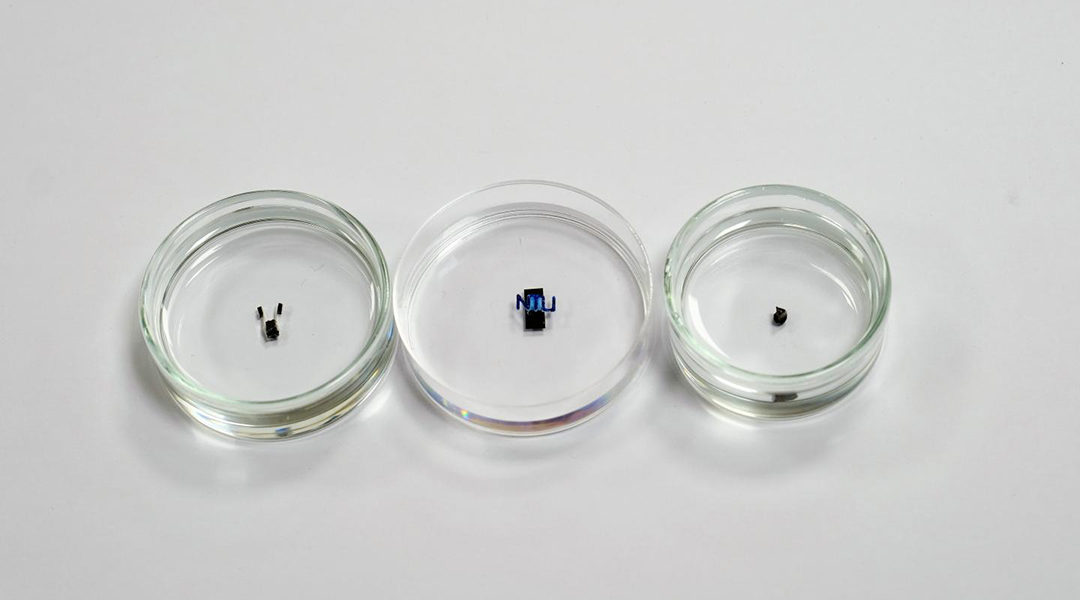
Researchers create swimming, moving, gripping miniature robots.